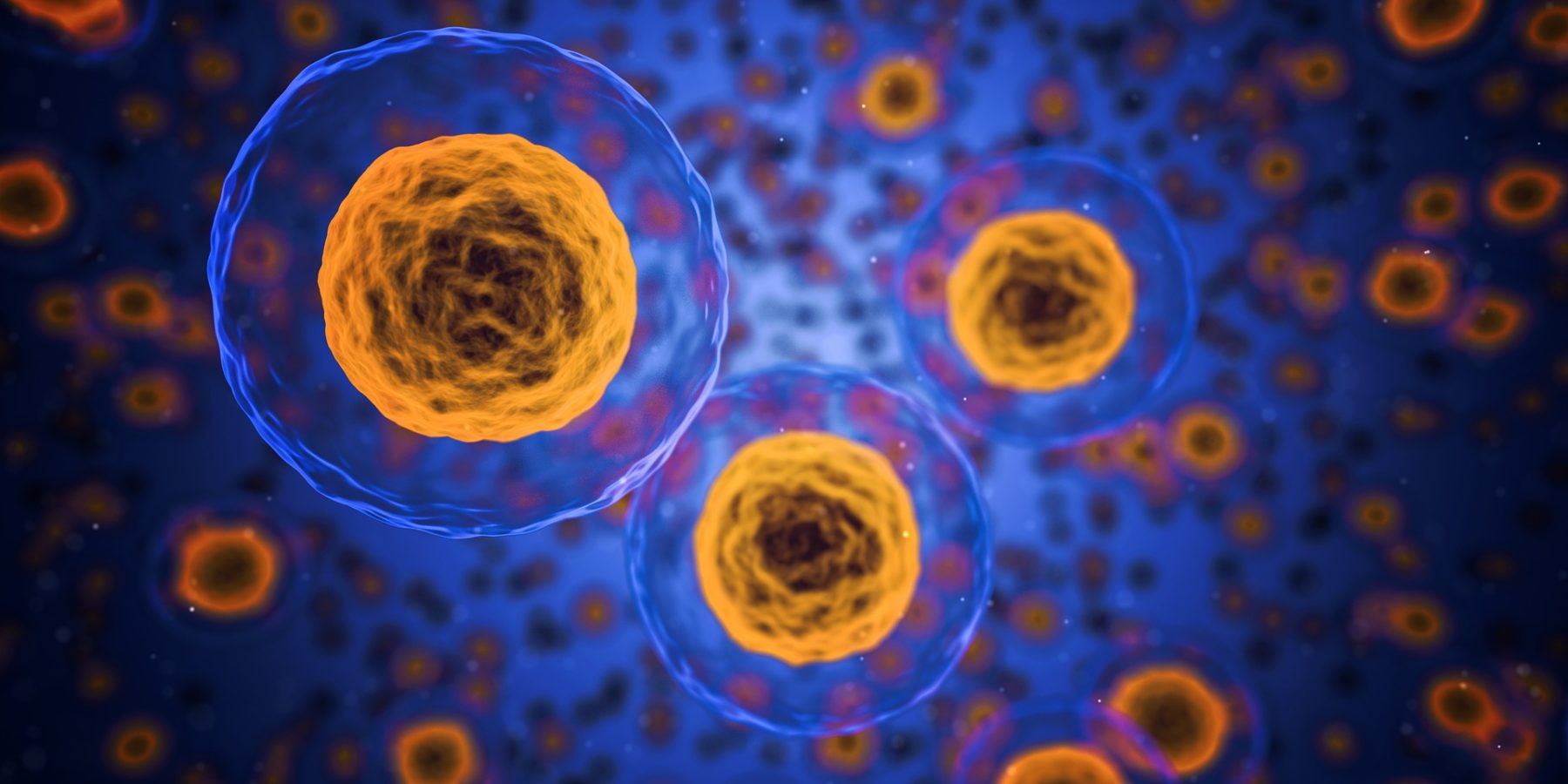Warwick researchers find link between gene fusion and brain cancer
University of Warwick researchers have found a previously unknown link between the latter part of a certain gene fusion and bladder and brain cancer.
Warwick Medical school researchers have published their paper, entitled FGFR3–TACC3 cancer gene fusions cause mitotic defects by removal of endogenous TACC3 from the mitotic spindle, in the Royal Society’s Open Biology journal. They found the TACC3 part of the FGFR3–TACC3, or FT3, gene fusion was ‘hoovering up’ the normal TACC3 gene, leading to problems in cell division and thereby worsening cancer. Furthermore, the team has found that preventing cell ‘signalling’ from the FGFR3 part of the FT3-positive gene would be an ineffective approach to treat the two cancer types.
Sometimes, a section of a chromosome breaks and reattaches to another chromosome in an unusual way, which results in a hybrid gene. This process is called gene fusion. Most gene fusions result in uncontrolled generation of signals that are sent to cells when they shouldn’t be. This often leads to genomic disorders or cancer. Lead researcher Professor Stephen Royle, from the Warwick Medical School, explains, “Cancer cells often have gene fusions which happen because the DNA in cancer cells is really messed up such as the well-known Philadelphia chromosome in chronic myelogenous leukaemia.”
Most gene fusions result in uncontrolled generation of signals that are sent to cells when they shouldn’t be…
The FT3 gene was already associated with the two cancer types, however previous research was focussed on the FGFR3 part of the gene fusion. The former part was considered solely responsible for bladder and brain cancer until Professor Royle’s team decided to study the latter part.
The normal TACC3 gene encodes a mitotic spindle protein responsible for accurate segregation of chromosomes in order to produce two ‘daughter’ cells during cell division. The motor spindle is made up of tiny threads called microtubules. The TACC3 protein stabilises these microtubules thereby strengthening the spindle for successful cell division. The FT3-positive TACC3 gene was found to be removing the normal TACC3 gene from the cell thereby preventing normal cell division, ultimately leading to brain and bladder cancer.
The FT3-positive TACC3 gene was found to be removing the normal TACC3 gene from the cell thereby preventing normal cell division…
Professor Royle’s team used the elimination approach to study the activity of the TACC3 part of the gene fusion. Firstly, they introduced normal TACC3 gene into the cell. This led to normal cell division. Secondly, they removed the FT3 gene from the cell entirely. This also lead to normal cell division. Finally, they introduced the FGFR3–TACC3 gene fusion into the cells however replaced the FGFR3 part of the gene fusion with a dummy gene. This resulted in problems with cell division.
This approach by researchers uncovered the role played by the TACC3 part of the studied gene fusion in the development of the two cancers. The researchers further understood that preventing cell ‘signalling’ from the FGFR3 part of the FT3 positive gene would be ineffective. Cell ‘signalling’ is the process whereby the cell interacts with its environment and other cells. This could occur in many ways including making use of receptors or the secretion of hormones. Preventing cell ‘signalling’ from the FGFR3 part of the FT3 gene wouldn’t prevent the TACC3 part of the gene from removing the normal TACC3 gene therefore cell division would continue to fail.
This approach by researchers uncovered the role played by the TACC3 part of the studied gene fusion in the development of the two cancers…
Professor Royle said “Doing work like this is important as it helps us to understand all the possible ways to tackle a specific cancer and to find any problems with potential treatments”. He suggests that “an ideal cancer treatment might be to block TACC3 interactions as well as stopping signalling.However this is very difficult to do and is far in the future.”

Comments